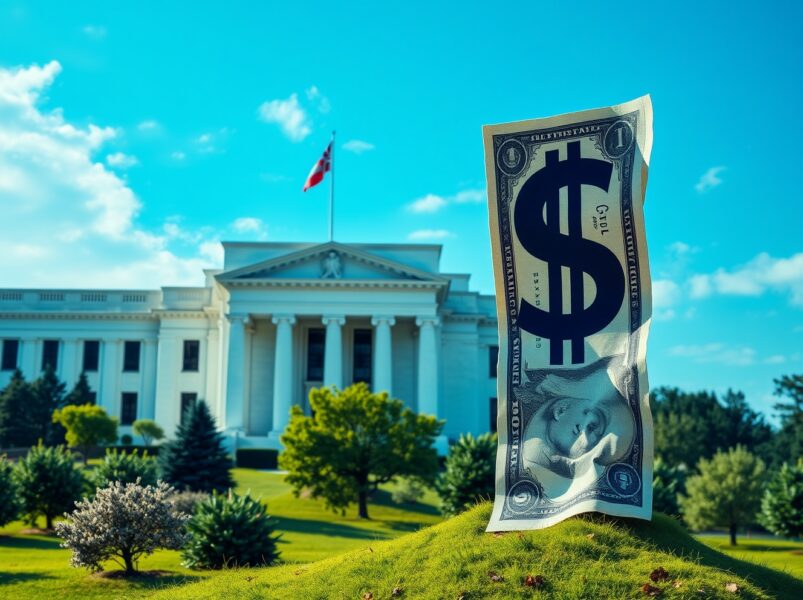Crypto Trading: How to Turn a Losing Streak Into a Comeback
Image
Cryptocurrency trading can feel like riding a rocket — thrilling when it soars, terrifying when it plummets. One week you’re catching perfect breakouts; the next, you’re staring at a string of red trades wondering if you’ve lost your touch. Every experienced trader, from hobbyists to full-time professionals, eventually encounters the same humbling experience: a losing streak.
A losing streak doesn’t mean you’re a bad trader or that the market is “rigged.” It’s part of the game. But how you handle those drawdowns determines whether you eventually thrive or burn out. This guide explores practical, psychology-backed steps to halt the bleeding, reclaim your edge, and come back stronger.
Accept the Reality — Fast
The first step toward a comeback is radical acceptance. Many traders waste valuable time denying their situation: “It’s just a temporary dip,” “the next trade will fix it,” or “the market is out to get me.”
Acceptance doesn’t mean giving up. It means seeing the numbers for what they are. Log into your exchange or trading journal and face the drawdown. Note your total percentage loss, average loss per trade, and how many consecutive losing trades you’ve taken. Clear, objective data cuts through emotional fog and stops magical thinking.
Why it matters: Until you acknowledge the full scope of the problem, you can’t design an effective recovery plan.
Hit the Emergency Brake: Stop Trading
When you’re emotionally charged, even a solid strategy can fail. Over-trading to “win it back” is one of the fastest ways to blow up an account.
Give yourself a mandatory cooling-off period. For some traders that’s 72 hours; others need a week or more. During this break:
- Delete or hide trading apps from your phone.
- Turn off price alerts.
- Avoid Twitter or Telegram pump groups that trigger FOMO.
Think of this as triage. You’re stopping the financial hemorrhage and allowing your decision-making brain — your prefrontal cortex — to regain control.
Conduct a Full Post-Mortem with Your Trading Journal
A losing streak is like a plane crash: it demands a black-box investigation. If you’ve kept a detailed trading journal — entries, exits, screenshots, emotional state — you already own the flight recorder.
Dissect each trade. Ask yourself:
- Did I follow my entry rules or chase price?
- Was my position size within my risk limit (typically 1–2% of capital)?
- Did I move or cancel stop-loss orders?
- What was my mental state — boredom, fear, overconfidence?
Patterns emerge quickly. Maybe you performed well until you increased leverage, or maybe you traded outside your prime time zone when tired. Seeing these trends on paper removes guesswork and provides the first blueprint for change.
Audit Your Risk Management Framework
Most devastating drawdowns start as small mistakes compounded by poor risk control. Now is the time to ask hard questions:
- Position Sizing: Are you risking a fixed percentage of equity per trade? Professionals rarely exceed 1–2%.
- Leverage: Are you consistently using high leverage that magnifies tiny market moves into account-killing swings?
- Stop-Loss Discipline: Are stops placed based on chart structure, not gut feeling? Did you repeatedly widen or remove them?
Re-establish clear rules. For example: “I risk 1% per trade with a maximum daily loss of 3%. If I hit that, I stop trading for the day.” Commit these to paper and treat them as law.
Re-Evaluate Your Edge
Markets change character. A breakout strategy that thrived in a 2021 bull run might underperform in a choppy 2025 market. Conduct both back-testing and forward-testing:
- Back-testing: Apply your strategy to recent six-month data to see if it still shows positive expectancy.
- Forward-testing: Paper trade in real time to verify performance before risking capital.
If results lag, tweak parameters: adjust moving-average lengths, require additional confirmation, or change your timeframe. Sometimes the solution is as simple as switching from 15-minute charts to four-hour ones to filter noise.
Strengthen Your Psychological Armor
Trading is 80% mindset. A losing streak erodes confidence and fuels self-sabotage. Reinforcing mental resilience is non-negotiable.
- Mindfulness & Meditation: Even ten minutes a day reduces stress hormones and improves focus.
- Physical Fitness: Regular exercise boosts mood and sharpens decision-making.
- Structured Routine: Keep regular sleep patterns and schedule screen-free hours.
Books like Trading in the Zone (Mark Douglas) and The Daily Trading Coach (Brett Steenbarger) remain classics because they address the inner game. Consider therapy or performance coaching if emotional swings feel unmanageable.
Build a Step-by-Step Comeback Plan
When you’re ready to trade again, start small and methodical.
- Micro Size: Reduce position sizes dramatically or trade on a demo account first.
- Daily Limits: Pre-define maximum daily loss and profit. Hitting either means you stop for the day.
- Regular Reviews: End every session with a brief written debrief — what worked, what didn’t.
Your goal isn’t to “make it all back fast.” It’s to re-establish consistency and rebuild confidence.
Diversify Your Financial Base
Trading pressure skyrockets when it’s your only source of income. Diversify to reduce emotional weight:
- Long-term crypto holdings that you don’t actively trade.
- Traditional investments — index funds, bonds, dividend stocks.
- Side hustles or freelance work that create steady cash flow.
When rent isn’t riding on today’s BTC move, you can wait patiently for high-probability setups instead of forcing trades.
Draw Inspiration from Other Traders’ Comebacks
History is filled with traders who bounced back:
- Jesse Livermore, one of the greatest stock speculators, went broke multiple times before earning fortunes again.
- Modern crypto traders often share similar stories on podcasts and forums — multi-month slumps followed by disciplined recoveries.
Seek out trading communities or a trusted mentor. Honest conversations reveal blind spots and remind you that slumps are common rites of passage.
Upgrade Your Education
Use downtime to sharpen skills:
- Take advanced technical analysis or risk-management courses.
- Study blockchain fundamentals to better understand market narratives.
- Explore new tools: on-chain analytics, order-flow software, or quantitative methods.
Continuous learning turns a painful drawdown into an opportunity for long-term growth.
Refine Lifestyle Habits that Affect Trading
Your daily habits directly impact decision quality. Evaluate:
- Nutrition: Consistent energy levels matter when you’re monitoring markets for hours.
- Sleep: Chronic sleep debt impairs judgment as much as alcohol.
- Environment: A cluttered or noisy workspace invites distraction.
Small lifestyle tweaks often produce outsized trading improvements.
Develop a Long-Term Perspective
Many losing streaks feel catastrophic only because traders measure success in days or weeks. Zoom out:
- What does your performance look like over 12–24 months?
- Are you improving year over year, even if a single quarter is negative?
Adopting an investor’s mindset — thinking in years — reduces the psychological impact of short-term drawdowns and reinforces patient, process-oriented trading.
Recognize the Hidden Gifts of a Losing Streak
Though painful, drawdowns provide lessons that winners rarely teach:
- Humility: Markets are bigger than any single trader.
- Process Discipline: You learn to value risk control above quick profits.
- Adaptability: Surviving a slump proves you can pivot and thrive.
Many seasoned traders look back at their worst months as the events that forged their professional maturity.
Key Takeaways
- Pause trading immediately to stop emotional spirals.
- Audit every trade and identify recurring mistakes.
- Reinforce risk management — tighten position sizing, enforce stops, and reduce leverage.
- Reassess your edge through back-testing and forward-testing.
- Fortify psychology with mindfulness, exercise, and structured routines.
- Return with a written plan and micro-sized trades.
- Diversify income to relieve pressure and encourage patience.
- Invest in education and community to keep evolving.
Final Thoughts
Crypto markets reward preparation and punish impulsivity. A losing streak is not the end of your trading career; it’s a crucial checkpoint. By accepting reality, stepping back, analyzing your data, and strengthening both strategy and mindset, you can transform a painful drawdown into a springboard for lasting success.
The comeback begins not with a lucky trade but with a deliberate decision to learn and adapt.
Liked this story? Hit follow and join me for more firsthand lessons from the wild world of crypto.
Crypto Trading: How to Turn a Losing Streak Into a Comeback was originally published in Coinmonks on Medium, where people are continuing the conversation by highlighting and responding to this story.
You May Also Like

White House Digital Asset Policy Advisor: The United States is working on building infrastructure for strategic Bitcoin reserves

Circle Invests in Hyperliquid and Launches Native USDC Integration
